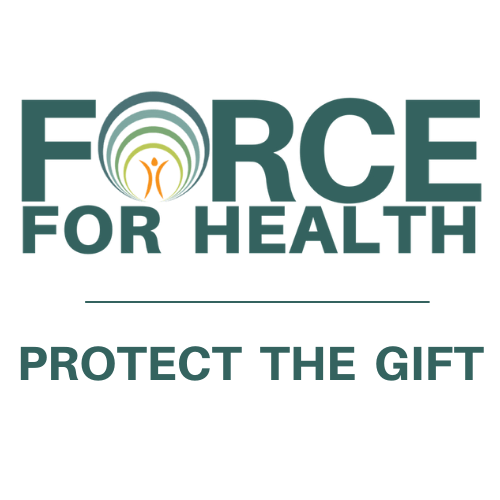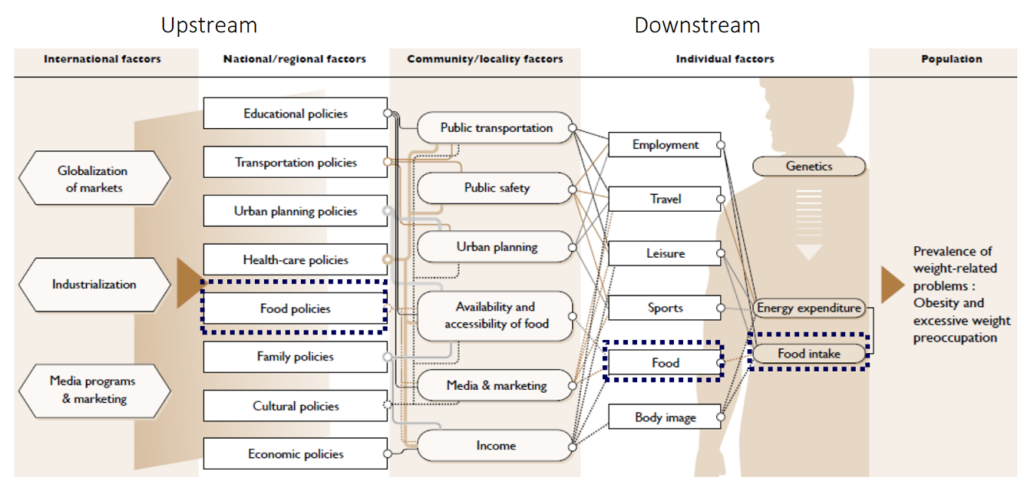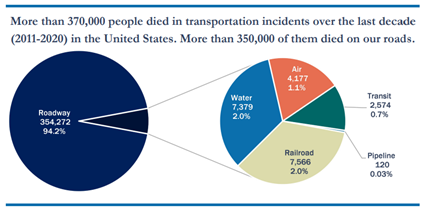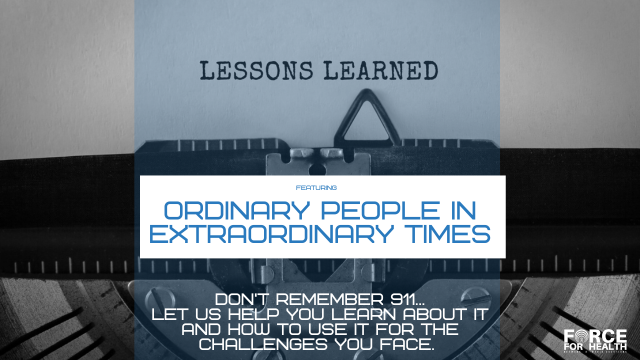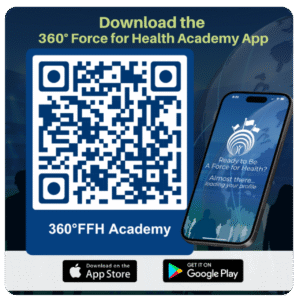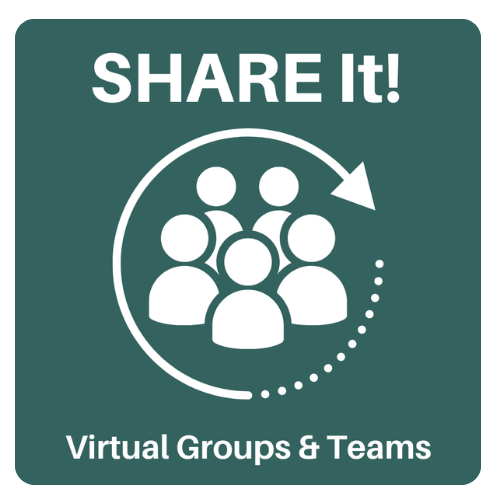
Community: Collaboration and Resilience
celebrate National Public Health Awareness Week April 4 – 10, 2022 with this 7-part series. For more information, visit www.apha.org

For science.
Community encompasses every aspect of our lives — it’s where we live, work, learn and play. Over the course of the last two years, people across the world have experienced social isolation due to the COVID-19 pandemic. Social isolation contributes to increased rates of depression, impaired immunity and premature mortality, and these negative impacts are even worse in communities marginalized as a result of their race, income, sexual orientation and gender identity. Beyond social isolation, there are other conditions in our communities that impact our health and well-being called social determinants of health. People living just a few blocks apart may have vastly different life expectancies because of the safety of the neighborhood they live in and the quality of their schools. Transportation barriers and lack of health insurance can limit access to health services and can increase the risk of harmful health behaviors like skipping medication or postponing care. Having to travel long distances to access nutritious foods is linked to food insecurity, putting communities at higher risk for chronic conditions, such as heart disease, cancer and diabetes. There are also negative environmental health conditions like poor air quality that can result in cancer, respiratory and cardiovascular diseases, and cause more than 6 million premature deaths each year.
For action.
To make an impact on public health in your community, you can join a community garden, donate healthy and culturally appropriate canned food options to food pantries or volunteer at local food distributions. Support community-led solutions by asking questions at public forums or joining a community advisory board. Get information on how your state uses public health funding and advocate for your local elected officials to use American Rescue Plan funds to address health disparities. Encourage your local government to support healthy community design that includes parks, sidewalks and bike lanes — and to fund programs to prevent unhealthy living conditions. Pursue community-engaged, multi-sector partnerships and advocate for a health-in-all-policies approach as a strategy to improve community health. Engage your public health peers and elected officials on health topics on social media.
For health.
People with greater feelings of support and inclusion within their networks may live longer, respond better to stress and have stronger immune systems than those who are isolated from their communities. However, research also shows that cross-sector efforts are needed to redesign the conditions of our social, built and natural environments to promote health equity and improve social determinants of health. To support such efforts, the public health workforce should possess skills and knowledge that cut across disciplines in areas like policy, communications and data analytics. Neighborhood programs like community gardens not only improve access to nutritious foods, but they also cultivate social support and emotional well-being. Adding elements such as sidewalks, parks, libraries or bike routes to neighborhoods supports physical activity, decreases the negative health effects of air pollution and fosters a sense of community belonging. Local efforts must improve housing, education, food, transportation and the environment to support equity, resilience and health at the individual and community levels.
Where you are.
Public health is meeting people where they are. Multiple aspects of social identity like race/ethnicity, gender, sexual orientation and ability contribute to a person’s physical and mental well-being. Communities of color are heavily impacted by environmental hazards and tend to live in areas with heavy pollution, resulting in an increased likelihood to die from environmental causes. To achieve improved health outcomes for people of all identities, we must look to thoughtfully and meaningfully engage members of our communities whose voices are often ignored. Collaborative, community-led, multi-sector approaches to changing policies and systems can address the conditions that hold disparities in place and create more community resilience.

